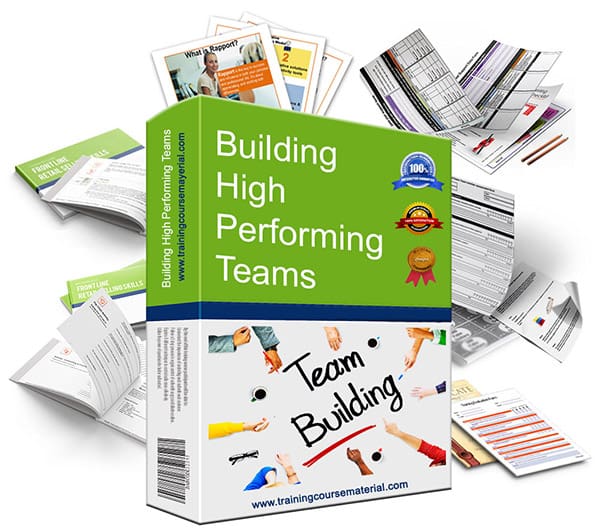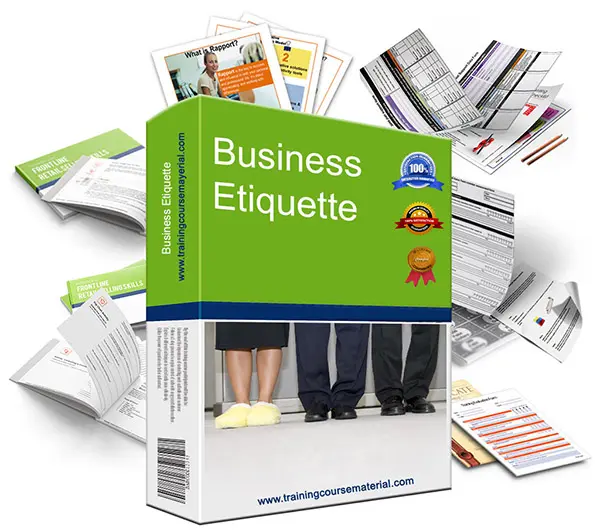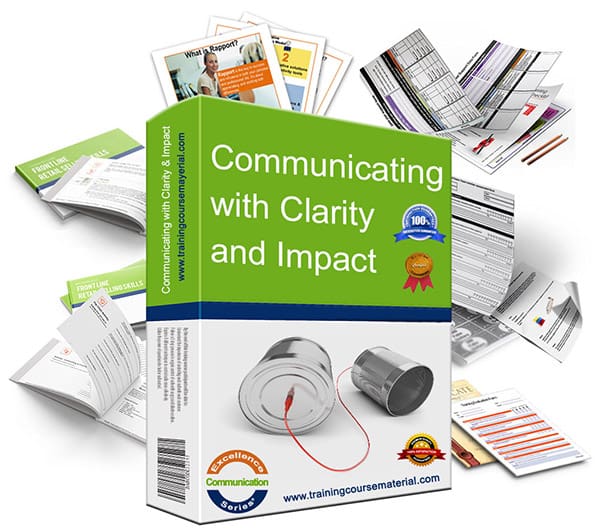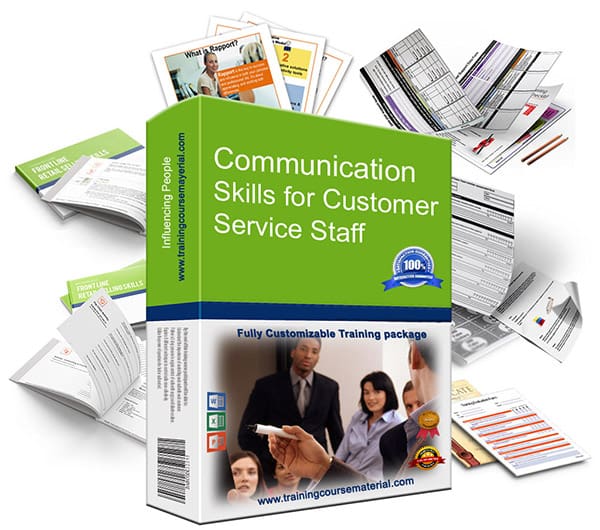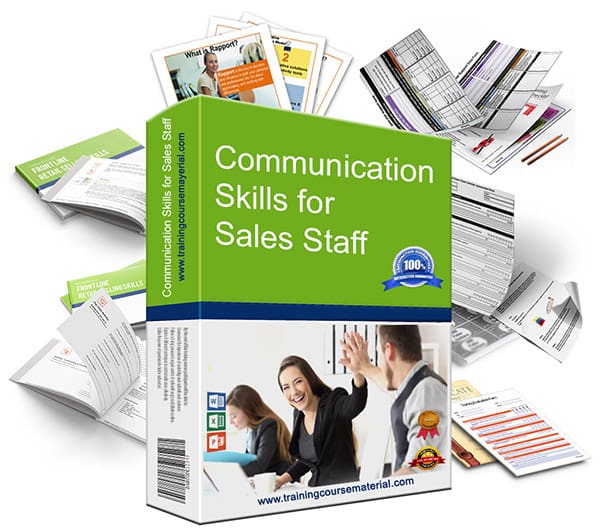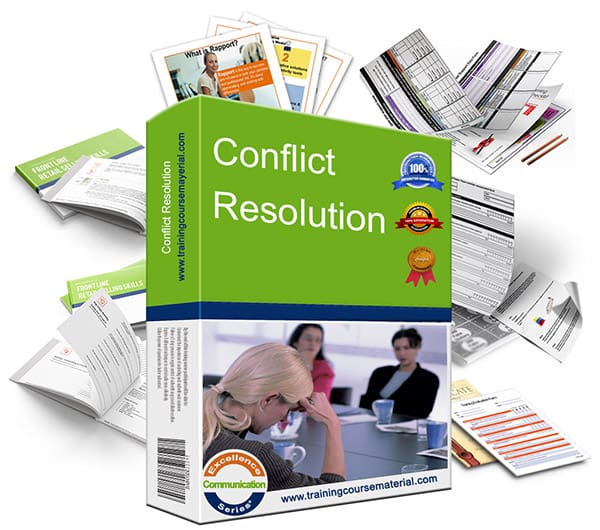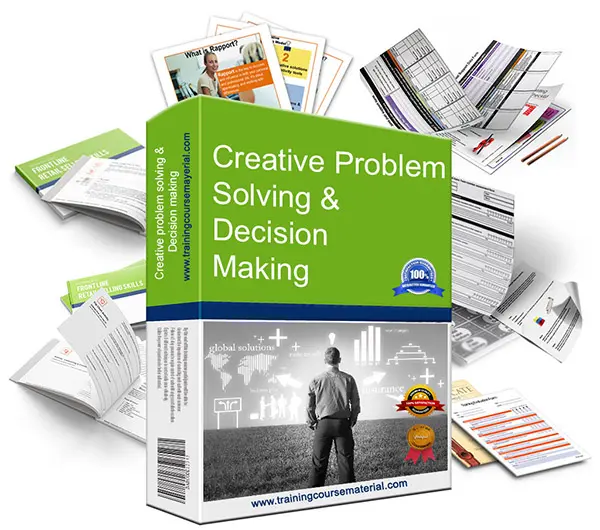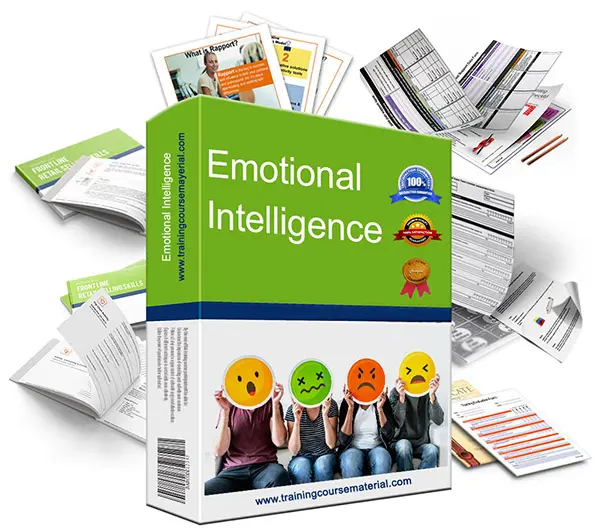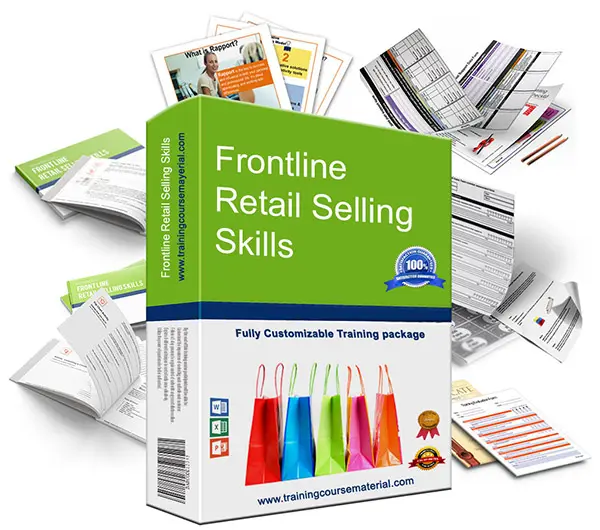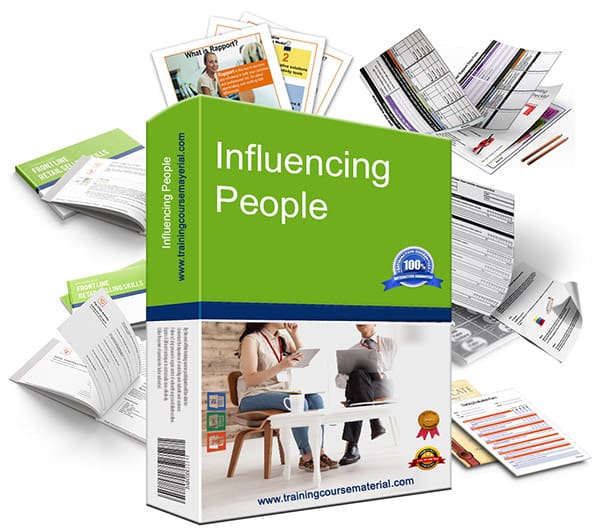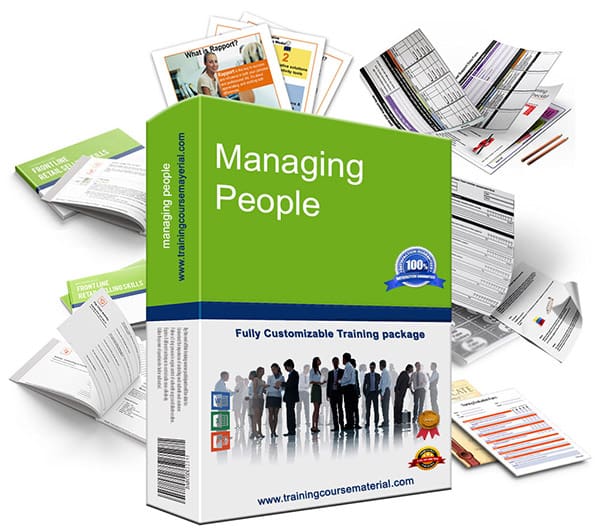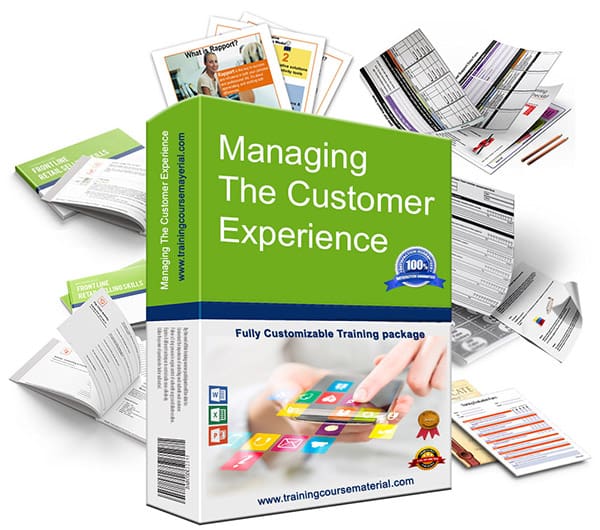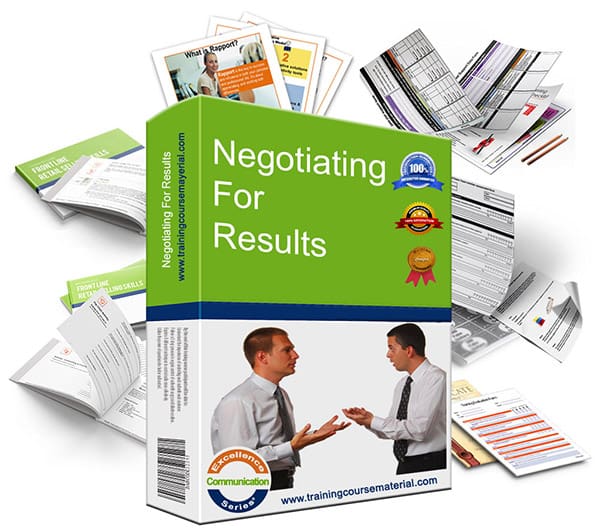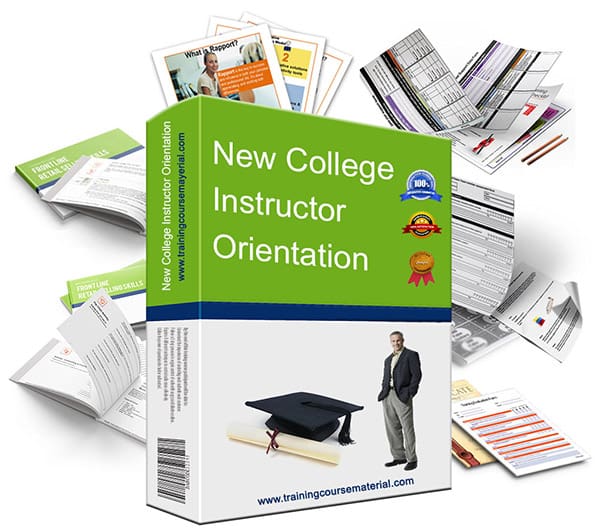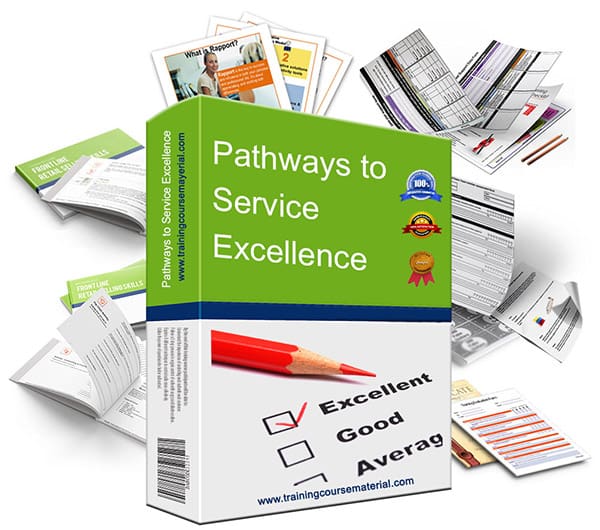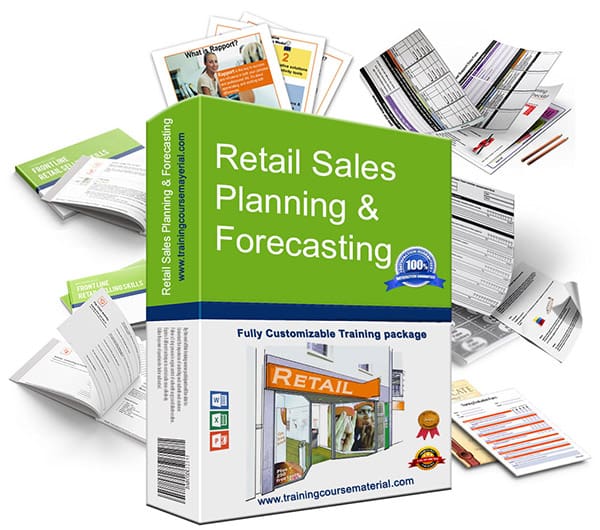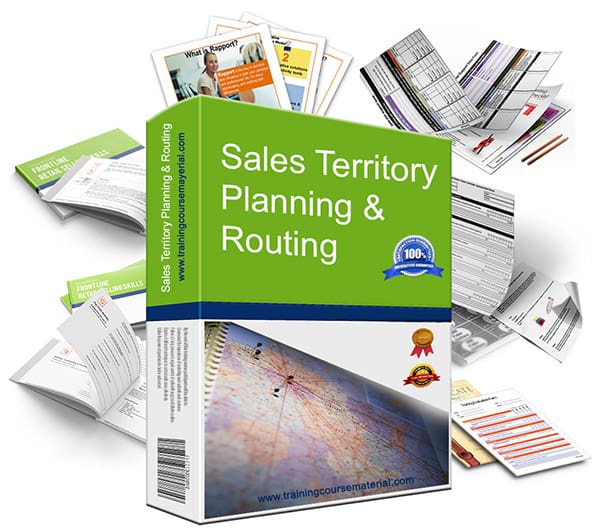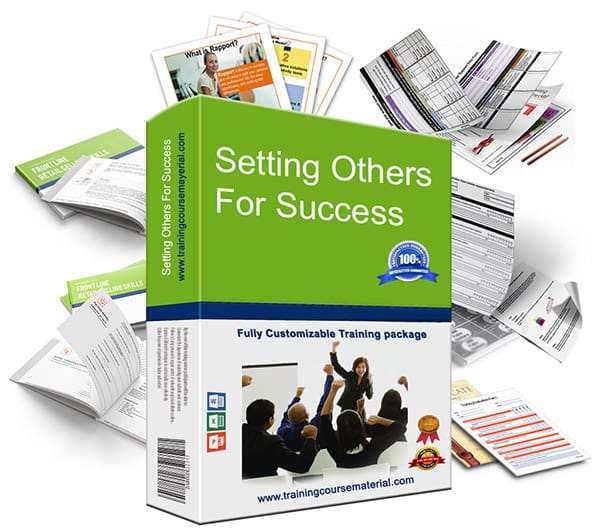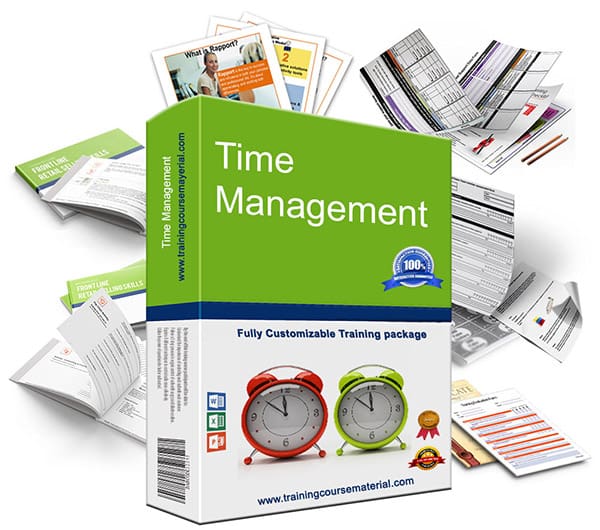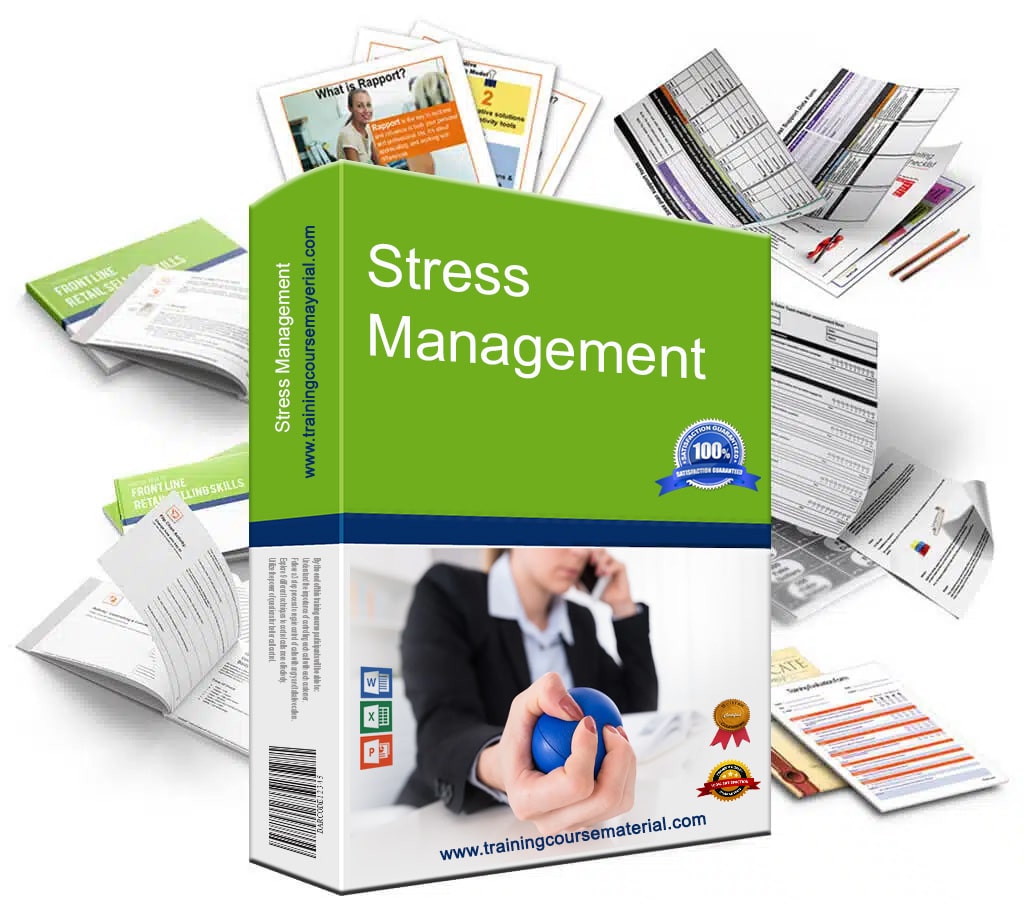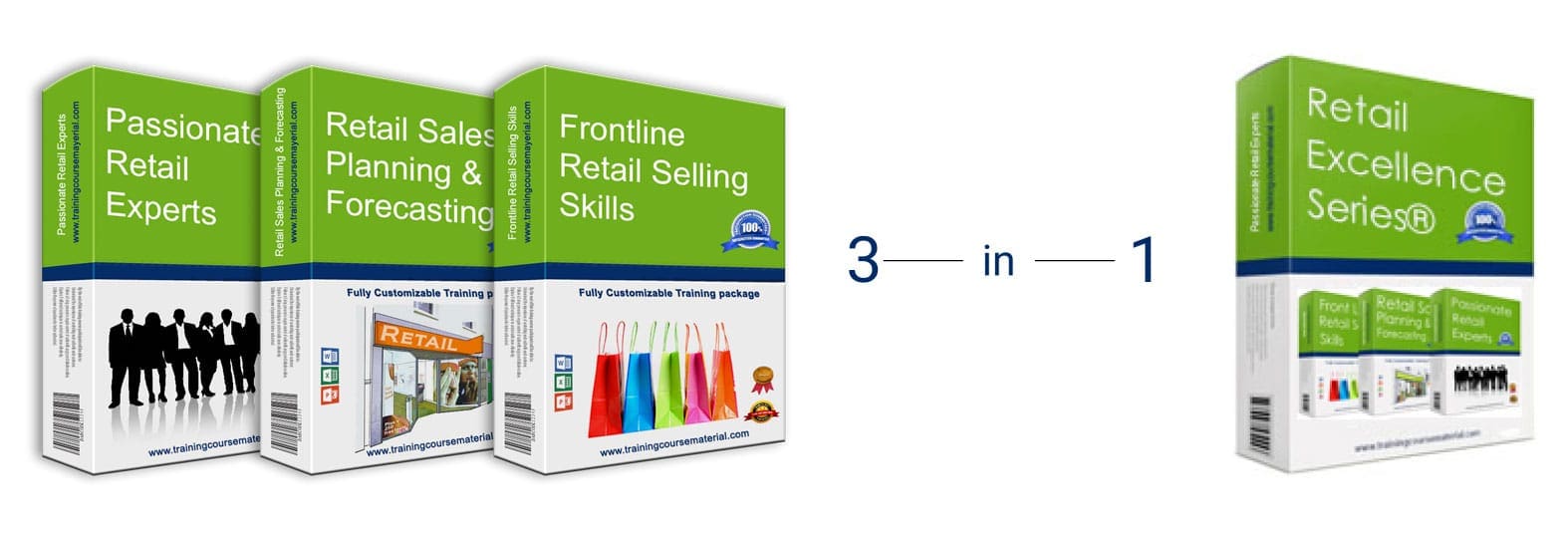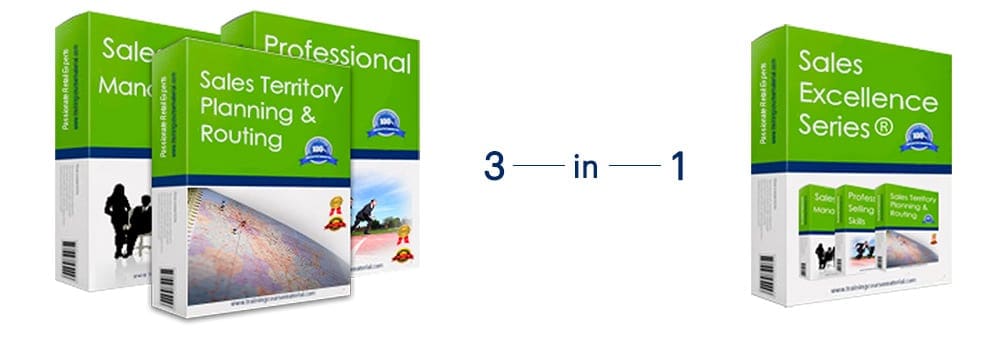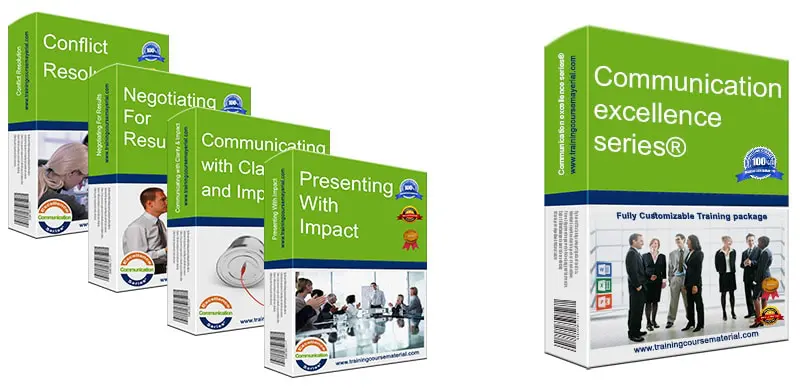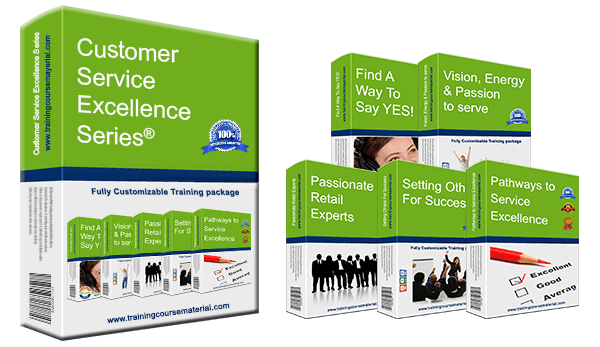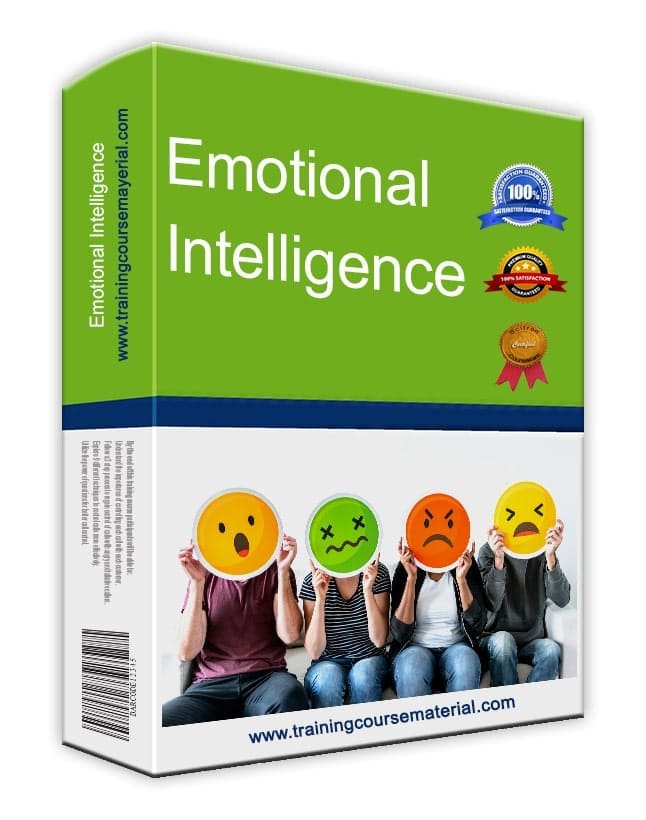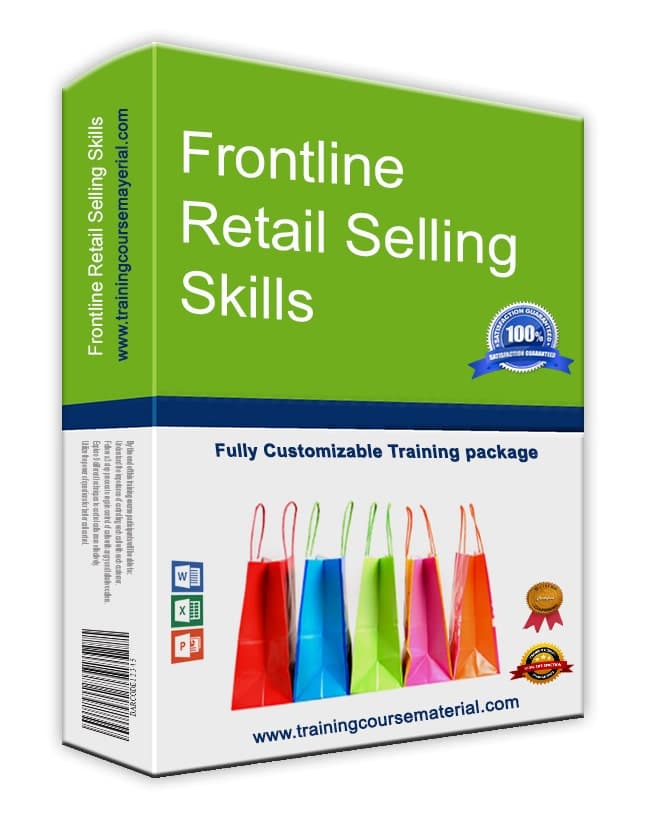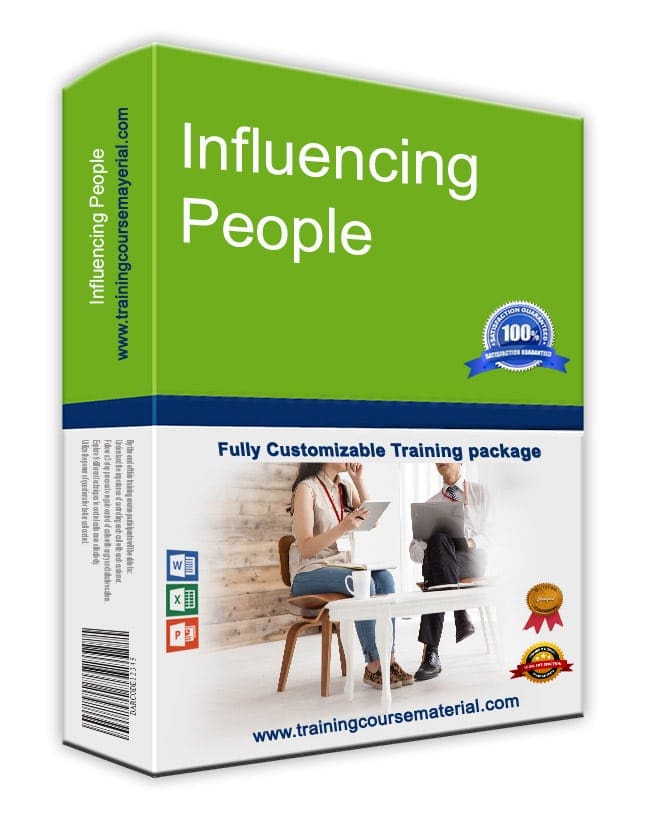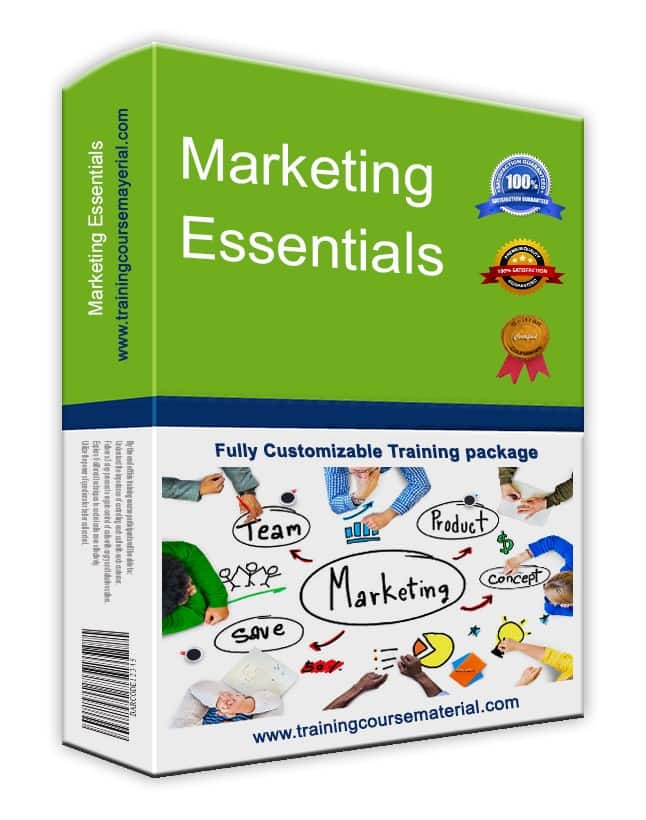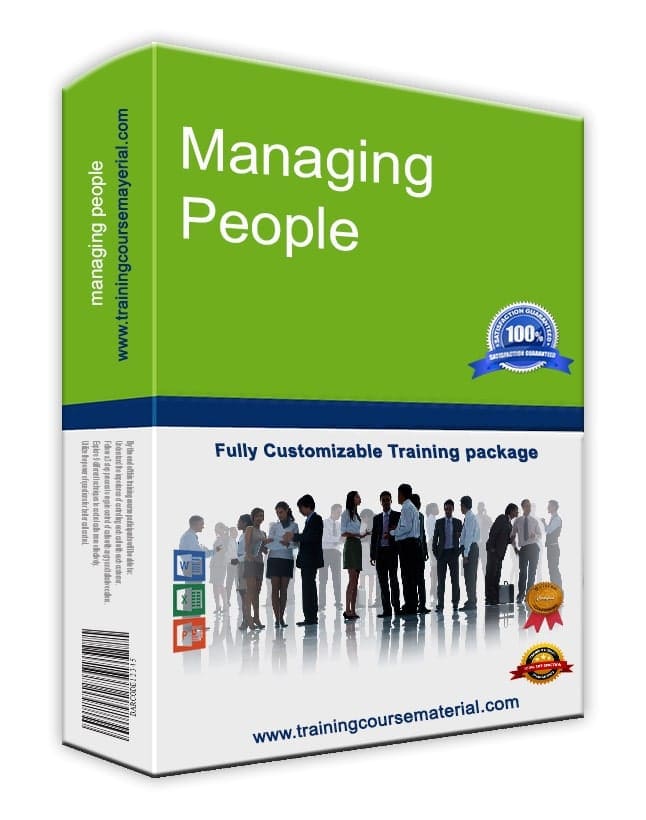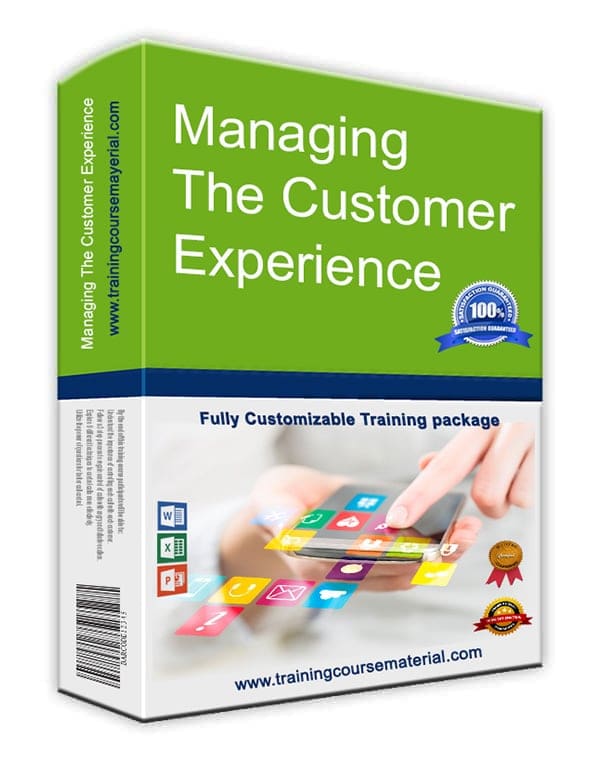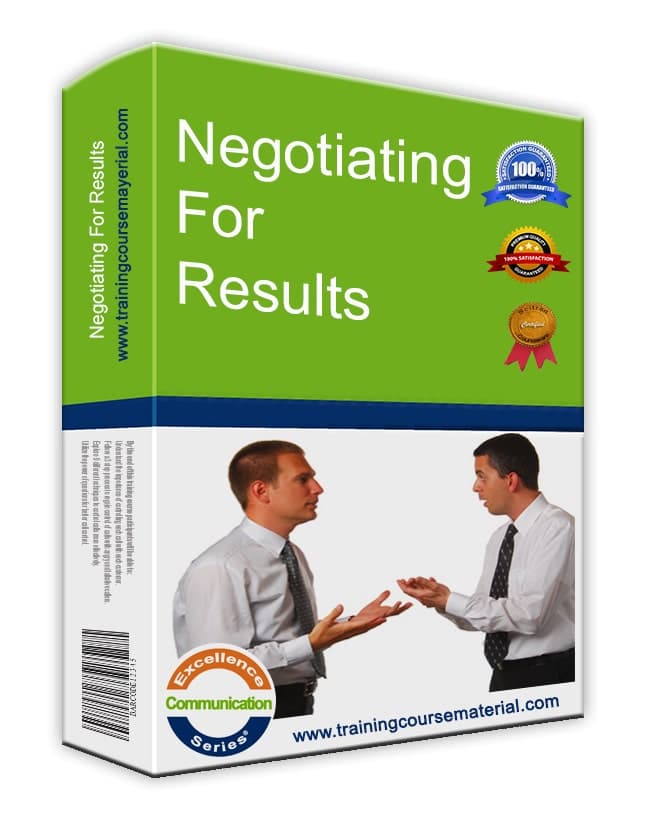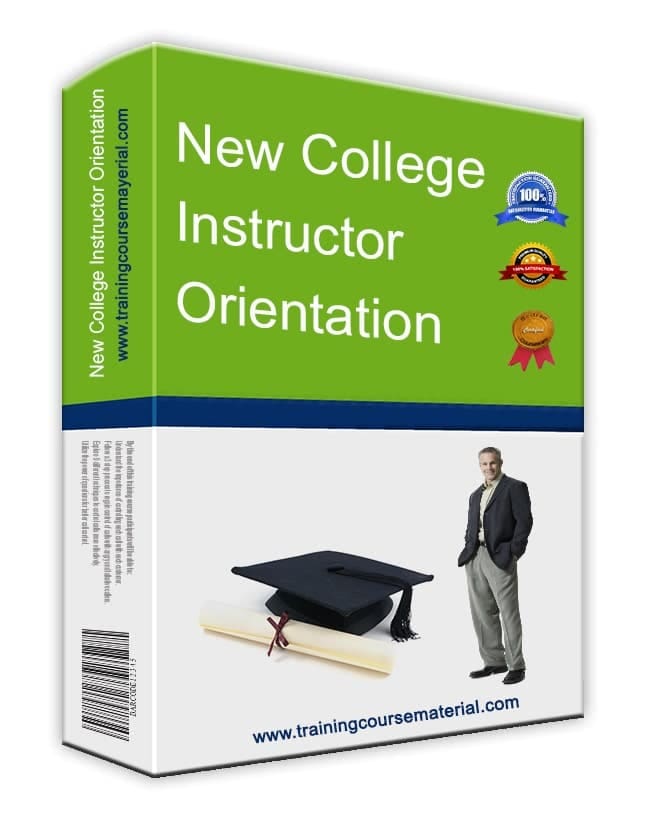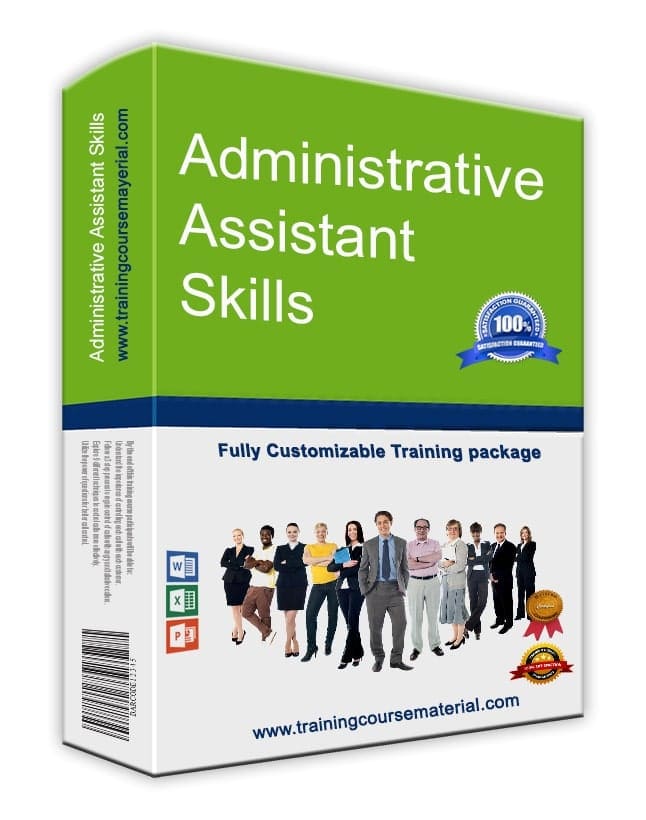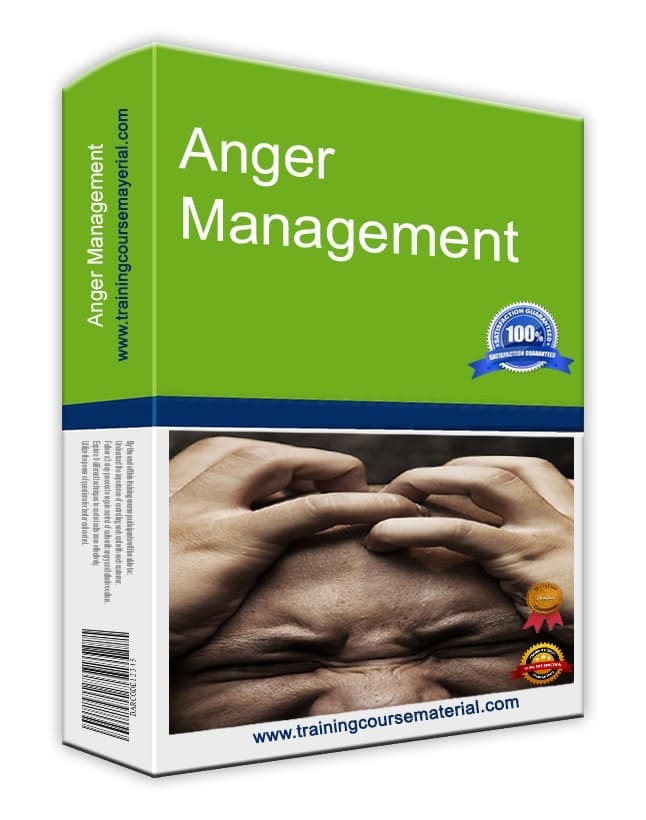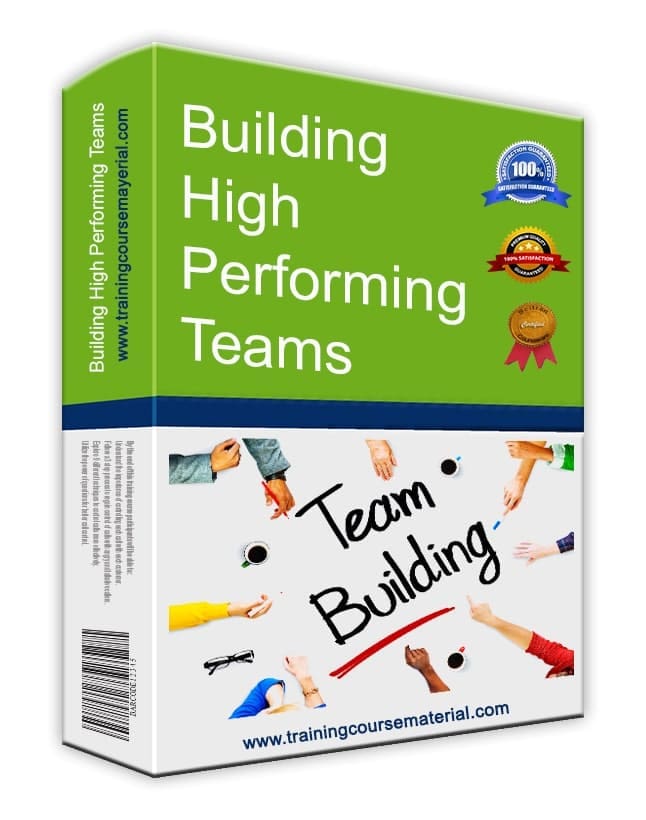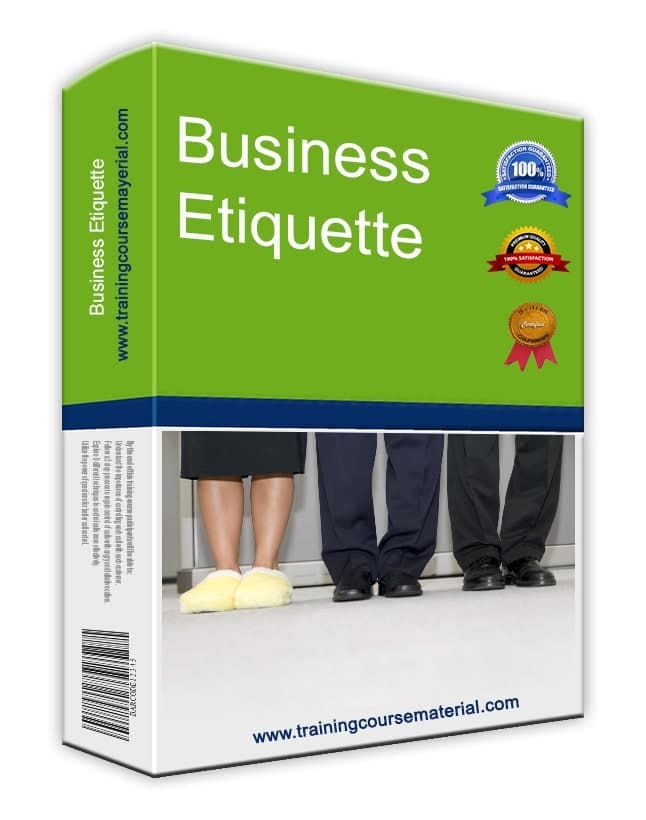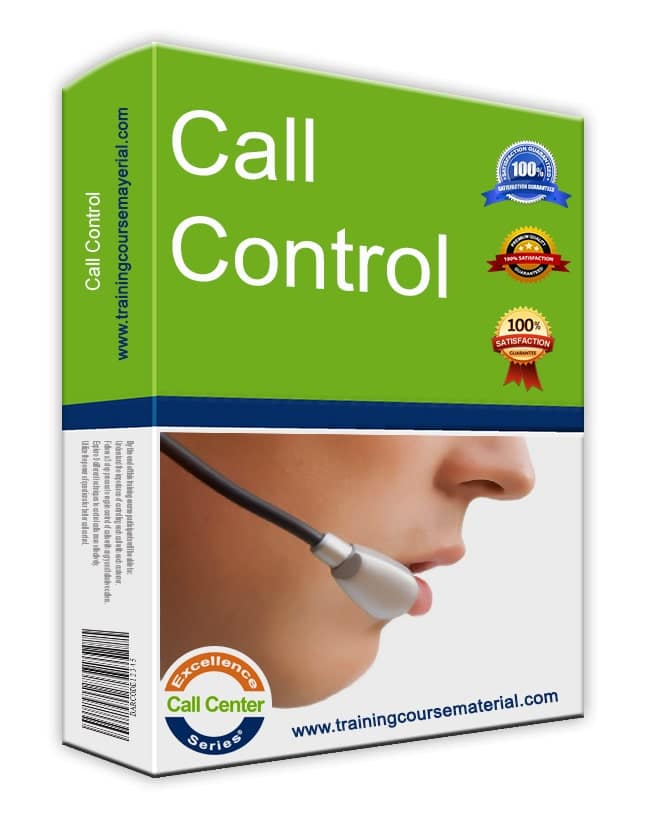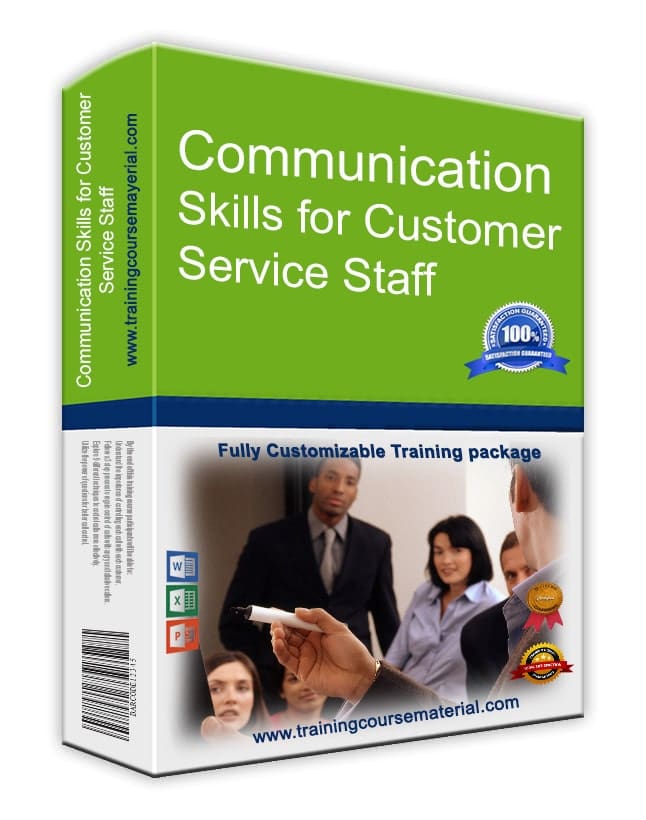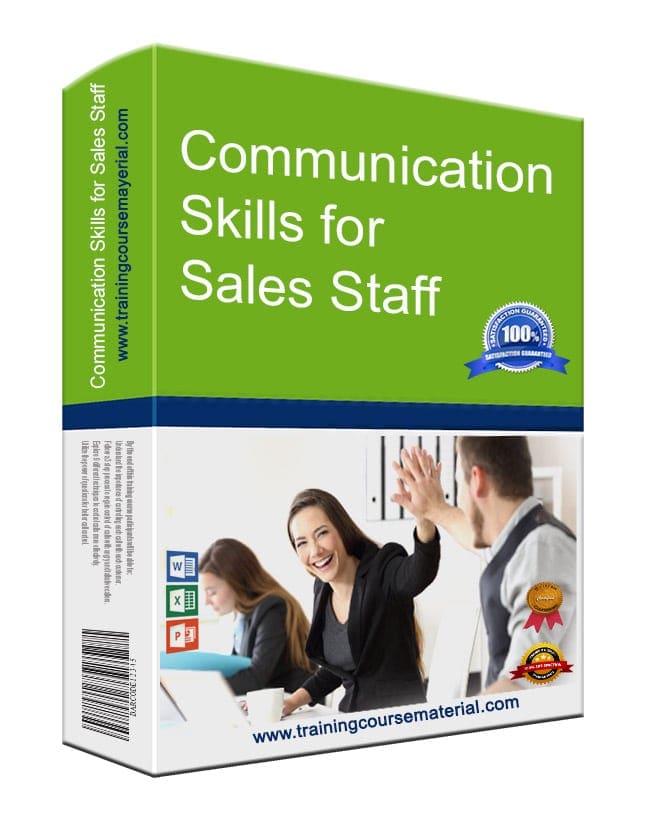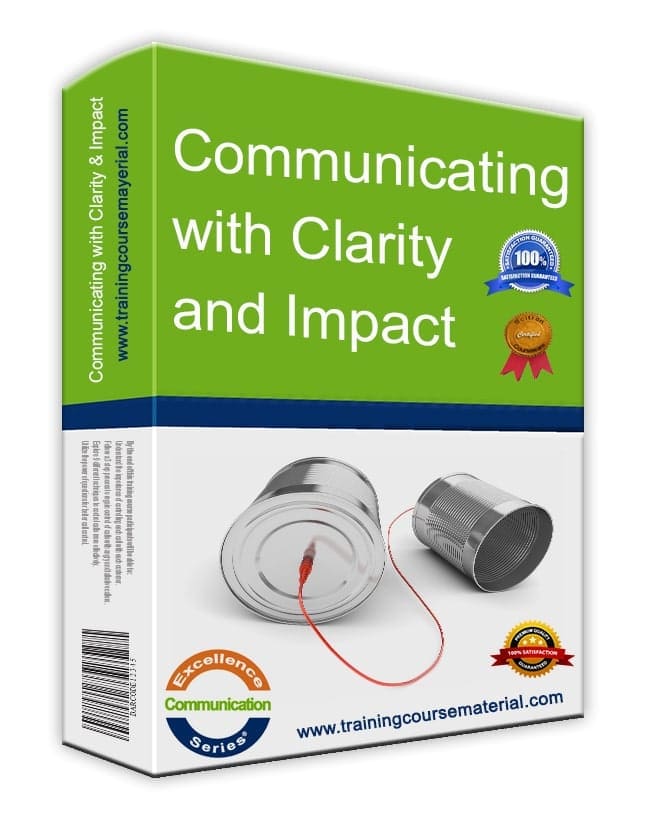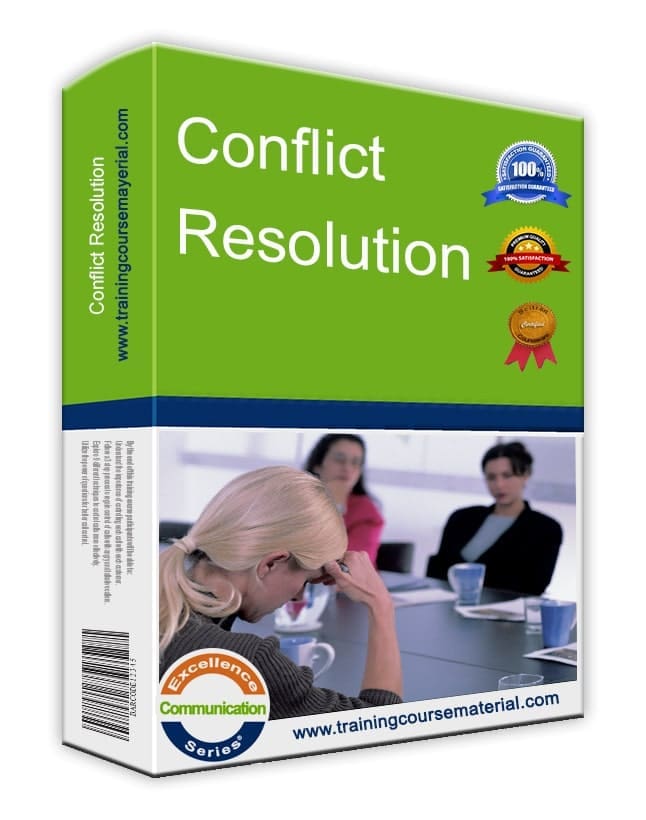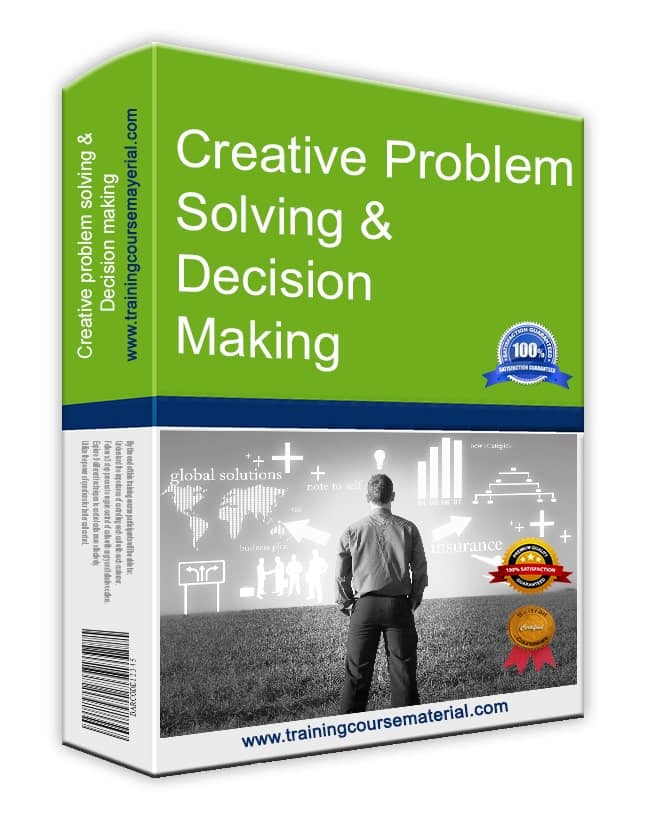Core values are the deeply held beliefs that guide behaviors, decisions, and the overall culture of an organization. These values are foundational—they shape strategic direction, influence hiring, define performance expectations, and ultimately, determine how a company shows up internally and externally.
📌 What Are Core Organizational Values?
Organizational values are not just inspirational words on a wall. They're convictions that influence every interaction and decision. When values are clearly defined and consistently lived, they support alignment, trust, and long-term performance. Herb Kelleher, former CEO of Southwest Airlines, put it simply:
"We always felt that people should be treated right as a matter of morality. Then, incidentally, that turned out to be good business too... The motivation wasn’t strategy—it was core values."
✅ Elements of Effective Organizational Values
- Use specific phrases instead of vague words (e.g., "inclusiveness" instead of "teamwork").
- Limit values to five to seven for memorability and focus.
- Values should be shared—especially by senior leaders.
- Make sure values are distinct from your mission and vision.
Example from Herman Miller:
- Performance: "Everyone performing at their best; we measure it; it enriches lives and brings value."
- Inclusiveness: "We include all expressions of human talent and potential—understanding what unites us."
🛠 Developing or Updating Your Values
You don’t create values from scratch—you discover them. Here’s how:
- Ask each leadership team member to submit 5–7 values they believe reflect the company.
- Combine similar responses to create a draft list.
- Facilitate a group discussion to refine and finalize the list.
- Use an evaluation checklist to test whether the values are authentic (see below).
- Communicate the finalized values organization-wide.
📋 Checklist: Are Your Core Values Authentic?
- Would this value be part of a new company’s foundation?
- Will you hold this value no matter how the market shifts?
- Would you risk losing revenue or clients to stand by this value?
- Do you model this value in your leadership?
- Would you leave the business before compromising this value?
🎯 Acting on Your Values
- Communicate: Share values via email, posters, videos, or leadership meetings.
- Train: Host discussions, lunch & learns, or workshops about specific values.
- Reinforce: Integrate values into performance reviews and goal-setting.
- Hire: Align interview questions and hiring decisions with your values.
- Reward: Recognize employees who embody key values.
- Align: Build systems that support your values (e.g., policies, workflows).
💡 Value Discovery Word Bank
Use the following list as a prompt for team members developing or reviewing your values:
trust • innovation • respect • quality • creativity • performance • teamwork • growth • inclusion • excellence • service • reliability • adaptability • honesty • collaboration • customer satisfaction • leadership • environmental responsibility • continuous improvement • integrity • pride
📚 Related Training Resources
🧠 Frequently Asked Questions
How many core values should an organization have?
Between five and seven. Too many and they won’t be remembered or used.
How do we ensure our values aren’t just words?
Live them—through hiring, training, performance reviews, and rewards systems.
What’s the difference between mission and values?
Mission explains your purpose. Values define the principles guiding how you pursue it.
Written by TrainingCourseMaterial.com — your source for instant-download training materials that help organizations grow through clarity, alignment, and purpose.



